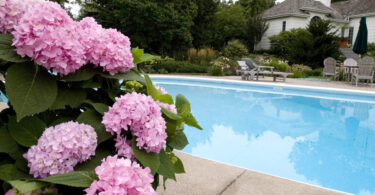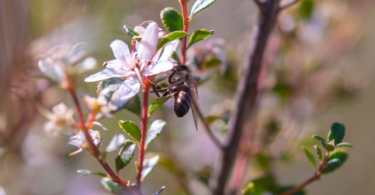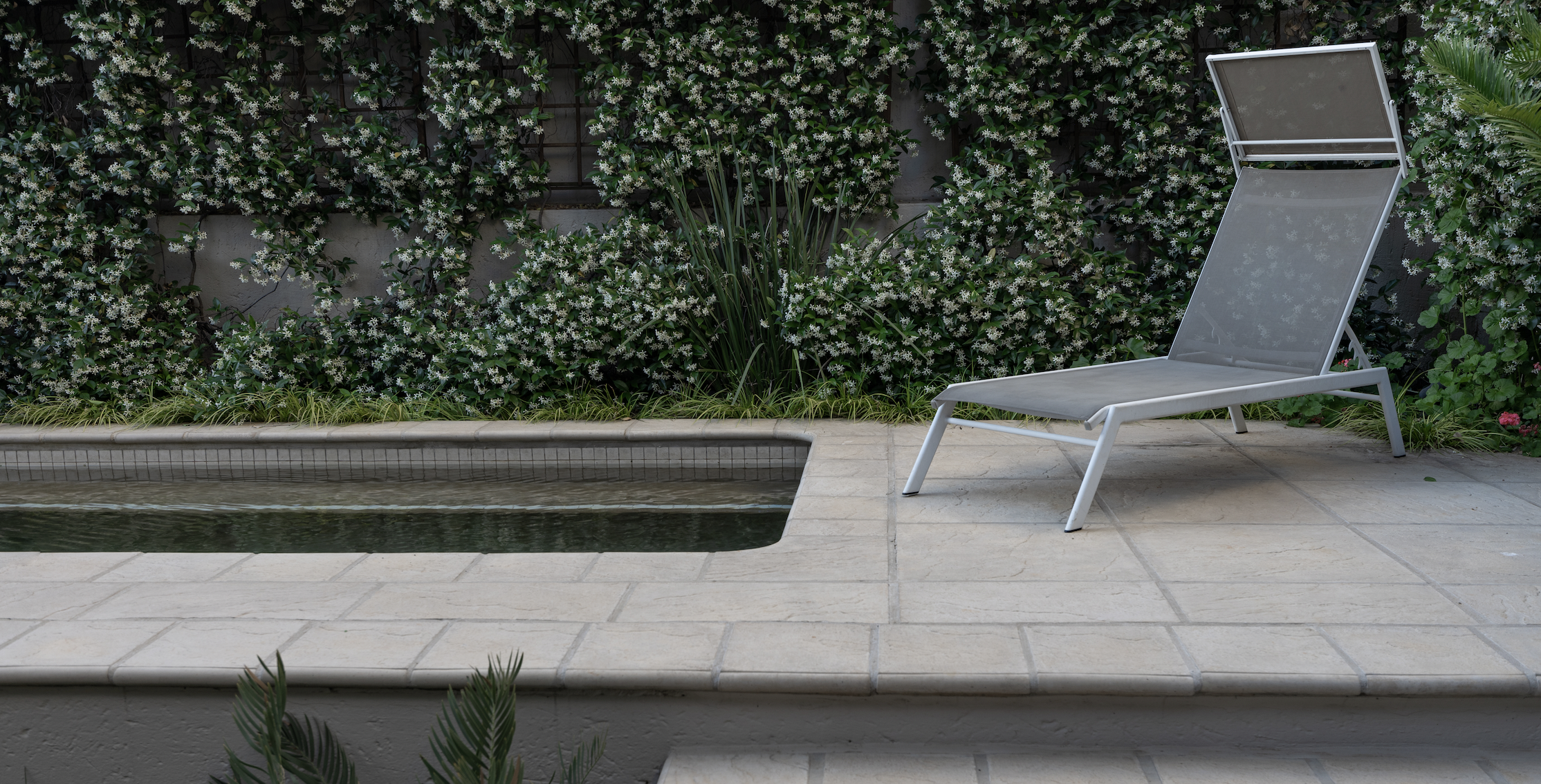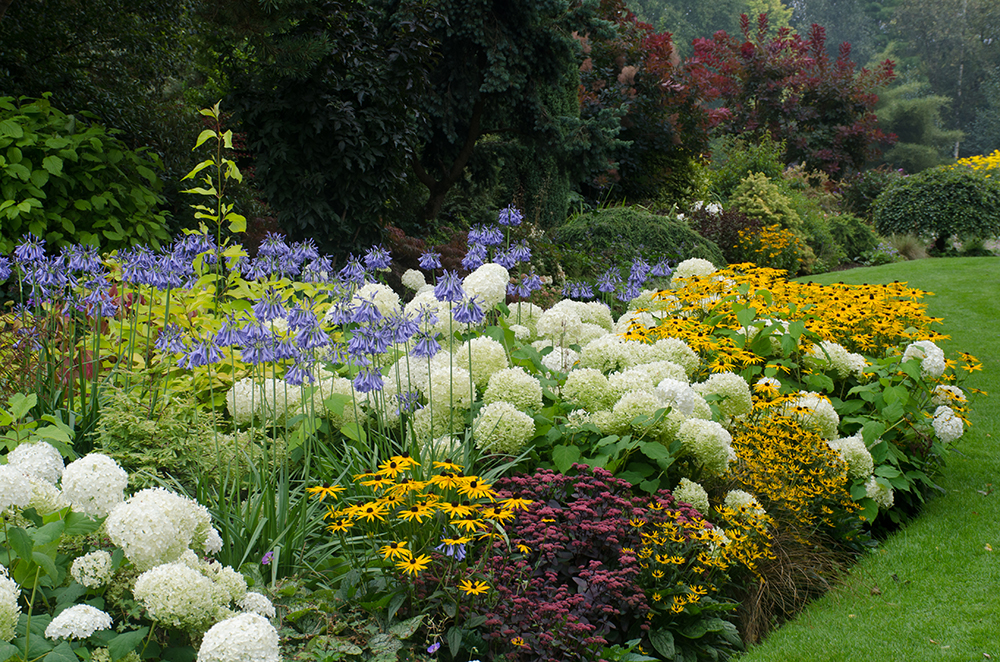By Trisha Harinath
According to Graeme Nothard, from Brunsfelsia Landscapes, when it comes to preparing the area for your vegetable planting, deep digging is essential. He also adds that the ideal starting point for a vegetable garden is 3m x 3m in size.
It is important to remember things like removing weed roots and rocks and ensuring that the PH level of your soil is correct for the types of vegetables that you want to plant. You can purchase topsoil or use compost so that you end up with rich soil in which to plant. Make sure when selecting a space in the garden for vegetable planting, that this area receives ample sunlight.
Some of the easiest vegetables to plant include tomatoes, lettuce, radishes, green beans, potatoes, spinach, peppers, squash, cucumber and beetroot. If you live in an apartment, fear not as lettuce, tomatoes and peppers grow well in pots. Simon Taylor, of Apalis Gardens and Irrigation, says that if you are a novice gardener, starting with seedling trays is one of the best ways to get your vegetable gardens up and running.
Simon recommends regular watering and removal of any old growth as this can cause diseases if left to rot on the actual plant. Other ways to ensure healthy crops and fresh produce include the use of a balanced fertiliser and organic pesticides. If you use proper organic pesticides and opt to plant your vegetables in the method known as companion planting, the chances of pests ruining your produce will be minimal. A good example of companion planting is sowing seeds of wild garlic, marigolds and mint side by side which is said to deter pests.
The benefits of having your very own vegetable garden are numerous – it encourages healthy eating, helps reduce your carbon footprint and in some way can even be therapeutic as the act of gardening is said to reduce stress levels.














